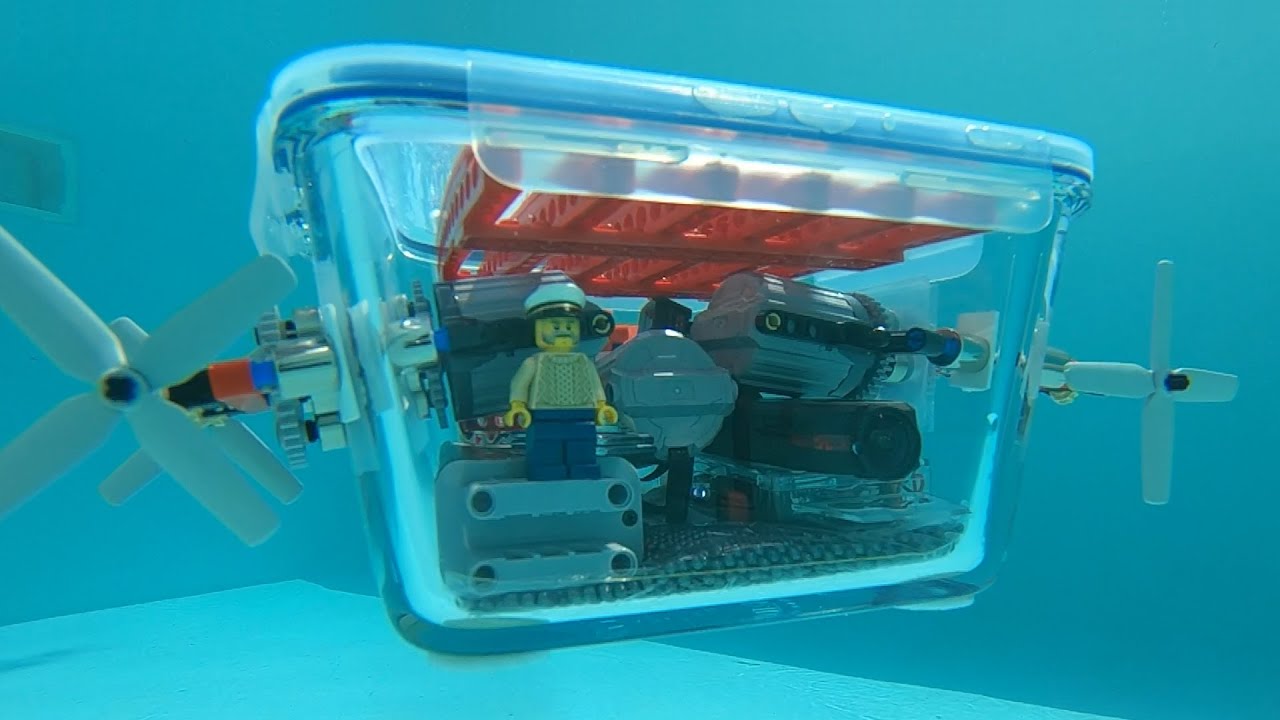
It is used by a wide number of devices made by Nintendo, along with Chromebooks, Raspberry PI, and not to mention automotive boards.
#Lego u boot drivers#
It supports various architectures such as ARM, MicroBlaze, MIPS, PPC, RISC-V, x86, and also contains some drivers for embedded device development boards. Written primarily in C and Assembly, U-Boot is an open-source project developed by Magnus Damm, considered to this day to be the richest, most flexible and most actively developed bootloader.
#Lego u boot movie#
Most embedded operating systems use U-Boot (also called Das U-Boot, from a pun based on the classic 1981 movie Das Boot, set on a German submarine) as their booloader. Since these devices interface and are used in a real-world context, the response time must be very short ― from microseconds to tens of nanoseconds. A core requirement that the development of embedded-based designs must consider is time. The bootstrap (i.e., the loading phase) must be very fast and must require as few resources as possible to avoid wasting power.

With embedded devices, consisting of a specific board (thus, a particular hardware configuration), we can optimize the booting of the operating system. The bootloader is executed by the CPU, which loads a number of other components of the operating system. Without going into too much technical detail, we can think of the ROM or bootloader as a program. Tests include low-level checks (e.g., voltage or circuitry) to see whether or not the ROM can proceed with the actual boot. The bootloader is also responsible for running a series of tests (such as the Power On Self Test) to check whether everything is actually working at the hardware level.
#Lego u boot full#
Once it is loaded, control passes to the operating system, which has full authority to create, modify, and delete any data structure and value in the CPU, memory, and I/O devices.

As soon as the power button is pressed, however, this is when a series of actions are performed by the device(s) to load the OS.Įach time a device is turned on, execution starts from a module called read-only memory (ROM), provided by the manufacturer, which takes care of some tests and starts loading the operating system.

The RAM interior is empty and I/O devices are ready to be called and executed. Just before starting the operating system, all devices are in a reset state. Network management, routines to load executables ― these are all services that ensure the stability of the operating system and, therefore, are essential to start using the device. When we turn on any device, be it a TV or a general-purpose computer, the system must execute a series of routines to load modules and executables that will be needed later to continue executing other tasks. The booting phase (i.e., loading) constitutes a critical phase of our operating system. At the end of the post, we ran Binwalk, which showed various types of files such as Flattened Device Tree, uImage Header, and UBI File System.įor the second article in this Reolink series, we are going to introduce the theory regarding the various stages of booting the operating system and explore the different types of files. In the first post, we introduced embedded devices and started to scour through and extract information from Reolink IP camera firmware.


 0 kommentar(er)
0 kommentar(er)
